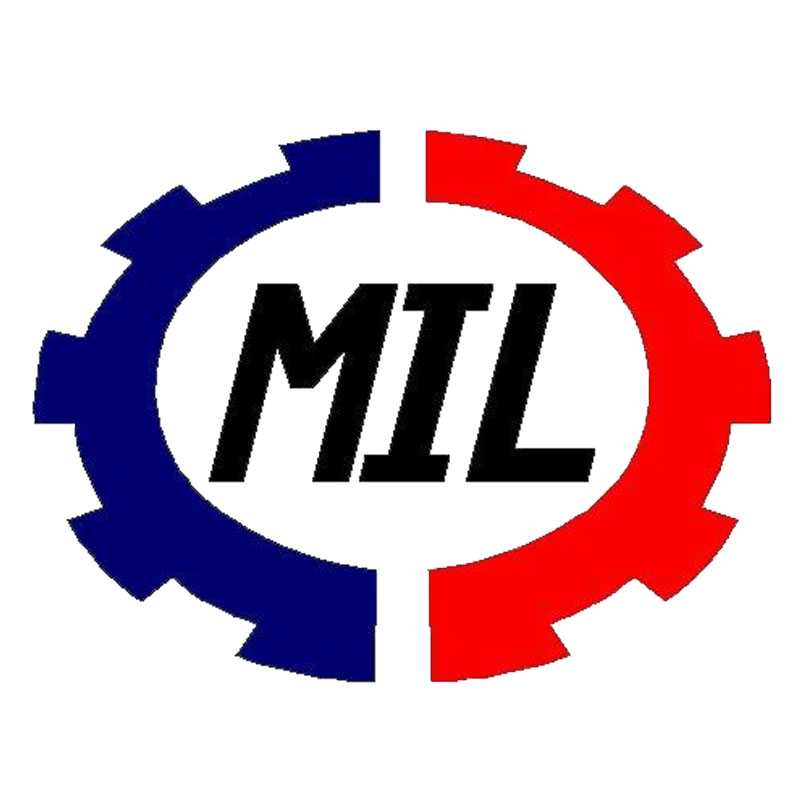Sourcing products from China can be a highly effective way to access affordable manufacturing and a wide range of goods. However, it requires careful planning, research, and due diligence to ensure quality, reliability, and cost-effectiveness. Here are some practical tips for sourcing in China:
1. Define Your Product Requirements
- Specifications: Clearly define your product’s specifications, including materials, dimensions, colors, and packaging.
- Samples: Request samples to evaluate quality before placing bulk orders.
- MOQ (Minimum Order Quantity): Understand the supplier’s MOQ and negotiate if necessary.
2. Research Suppliers Thoroughly
- Online Platforms: Use platforms like Alibaba, Global Sources, Made-in-China to find manufacturers.
- Trade Shows: Attend trade shows such as the Canton Fair, Hong Kong Fair, or industry-specific expos to meet suppliers in person.
- Referrals: Seek recommendations from industry peers or sourcing agents.
3. Verify Supplier Credibility
- Company Background: Check the supplier’s business license, certifications, and years in operation.
- Factory Audits: Conduct on-site or virtual factory audits to assess production capabilities and working conditions.
- References: Ask for references from previous clients and contact them for feedback.
4. Negotiate Terms
- Pricing: Negotiate prices based on volume, but avoid pushing for unrealistic discounts that may compromise quality.
- Payment Terms: Use secure payment methods like Alibaba Trade Assurance, PayPal, or letters of credit (L/C).
- Contracts: Draft a detailed contract covering product specifications, delivery timelines, payment terms, and quality standards.
5. Focus on Quality Control
- Third-Party Inspections: Hire third-party inspection companies (e.g., SGS, Meilin) to inspect goods before shipment.
- Pre-Shipment Inspections: Check for defects, functionality, and compliance with your specifications.
- Quality Assurance: Establish clear quality standards and communicate them to the supplier.
6. Manage Logistics and Shipping
- Shipping Terms: Understand Incoterms (e.g., FOB, EXW, CIF) to clarify responsibilities for shipping and customs.
- Freight Forwarders: Work with reliable freight forwarders to handle shipping, customs clearance, and delivery.
- Lead Times: Account for production and shipping lead times to avoid delays.
7. Build Strong Relationships
- Communication: Maintain clear and consistent communication with suppliers.
- Cultural Understanding: Be mindful of cultural differences and build trust through respectful interactions.
- Long-Term Partnerships: Foster long-term relationships with reliable suppliers for better pricing and priority service.
8. Stay Compliant
- Import Regulations: Ensure your products comply with import regulations and standards in your country (e.g., FDA, CE, RoHS).
- Tariffs and Duties: Research applicable tariffs and duties to avoid unexpected costs.
- Intellectual Property: Protect your designs and trademarks by registering them in China.
9. Use Sourcing Agents (Meilin International Limited)
- Local Expertise: Consider hiring a sourcing agent or company to help with supplier identification, negotiation, and quality control.
- Cost-Benefit Analysis: Weigh the cost of hiring an agent against the potential savings and reduced risks.
10. Stay Updated on Market Trends
- Industry News: Keep up with industry trends, raw material price fluctuations, and geopolitical factors that may impact sourcing.
- Technology: Leverage tools like supplier management software and market intelligence platforms.
Common Pitfalls to Avoid
- Choosing Price Over Quality: The cheapest option may lead to subpar products.
- Lack of Due Diligence: Failing to verify suppliers can result in scams or poor-quality goods.
- Poor Communication: Misunderstandings can lead to errors in production or delays.
By following these tips and conducting thorough research, you can successfully source high-quality products from China while minimizing risks.

Leave a Reply